Mozambique: EDM wants to ensure power supply in anticipation of industrial production needs
Mozambique: Gas pipeline most viable option to serve domestic market – study
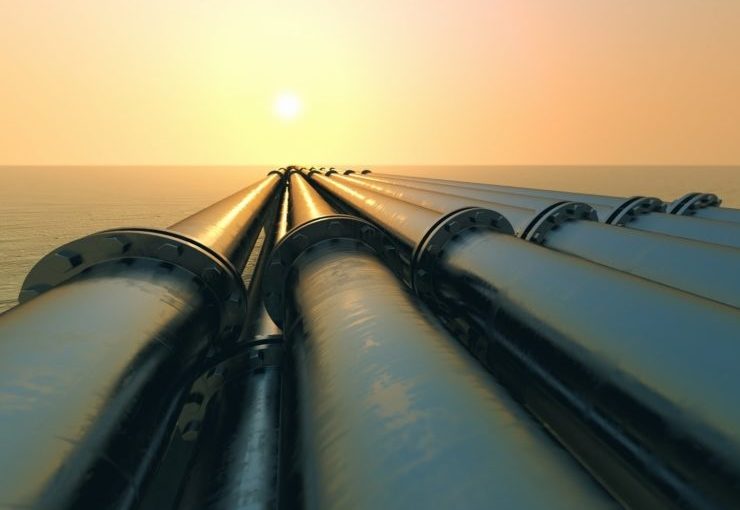
File photo: Lusa
The construction of a gas pipeline in Mozambique is the most viable option for the domestic market to receive gas from the Rovuma basin, in the north of the country, according to a study approved this week by the Council of Ministers and which Lusa has now seen.
The study for a gas pipeline from Palma, in Cabo Delgado province, to Maputo, drawn up by the Ministry for Mineral Resources and Energy (Mireme), argues that a pipeline “is the option that meets the challenge of developing gas distribution infrastructures throughout the country” to make use of the deepwater reserves in the Rovuma basin, in the far north, which is around 2,000 kilometres from the capital, in the far south.
The cost of the project is estimated at $5 billion (€4.2 billion), the study states.
The option could be used in the medium- to high-demand phase for liquefied natural gas (LNG) in the domestic market and in southern African more generally, entailing high investment but low operating costs.
On the other hand, it would generate a lot of jobs during construction, but few jobs in the operation phase.
In its conclusions, the Mireme study proposes that the planning process for the gas pipeline linking the district of Palma to Maputo should take place between 2024 and 2035, and that the project should be operational between 2035 and 2040 – with gas processing starting in 2022 on the high seas and two years later on land.
“Phased development of gas transportation infrastructure should be considered in order to mitigate the investment risk and allow for the development of the natural gas market in Mozambique and the [southern Africa] region,” the document reads.
The study assesses two other options for transporting LNG: by truck and by ship. The former is feasible at all stages, but only effective “in the regions where [gas storage] hubs are located” in the ports of Nacala, in the north, Beira, in the centre, and Maputo.
Transporting gas overland would mean using 45 trucks at the start of the operation and a maximum of 580 trucks at the peak. However, Mireme warns that “this option does not meet the gas challenge throughout the country”.
Transport by ship, meanwhile, although suitable for the early stages of LNG development, poses a high environmental risk and is characterised by medium investment and operational costs.
The study considers that the sea route “responds to the challenge of natural gas distribution across the country through the Nacala hubs to the north, Beira to the centre and Maputo to the south and would be a transitional solution.”
Each vessel (with capacity to receive, store and regasify LNG) would cost $180 million.
The Mireme analysis presents market projections with three scenarios of low, medium and high demand.
The study is said to be justified by the need to establish the “main strategic options for the development of infrastructure that promote the addition of value in areas close to natural gas exploration and distribution across the country.”
In addition, the Southern African Development Community “is developing a market and gas infrastructure study to identify anchor projects” associated with gas production that could be financed by banks in the SADC region’s main development corridors.


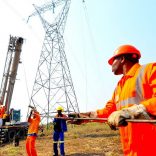

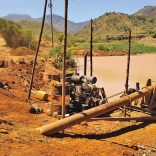



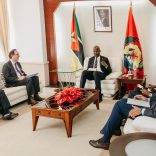

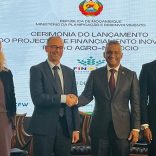


Leave a Reply
Be the First to Comment!
You must be logged in to post a comment.
You must be logged in to post a comment.